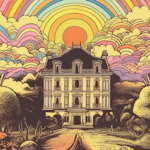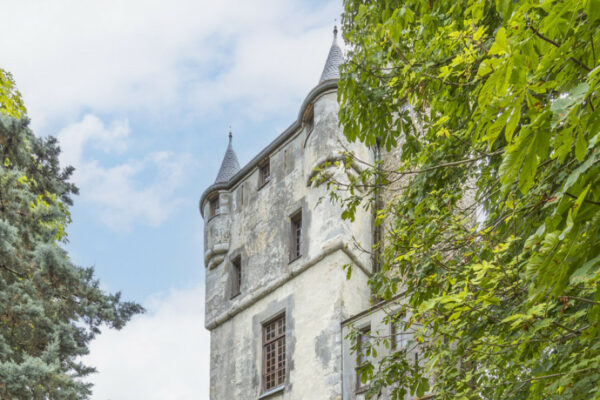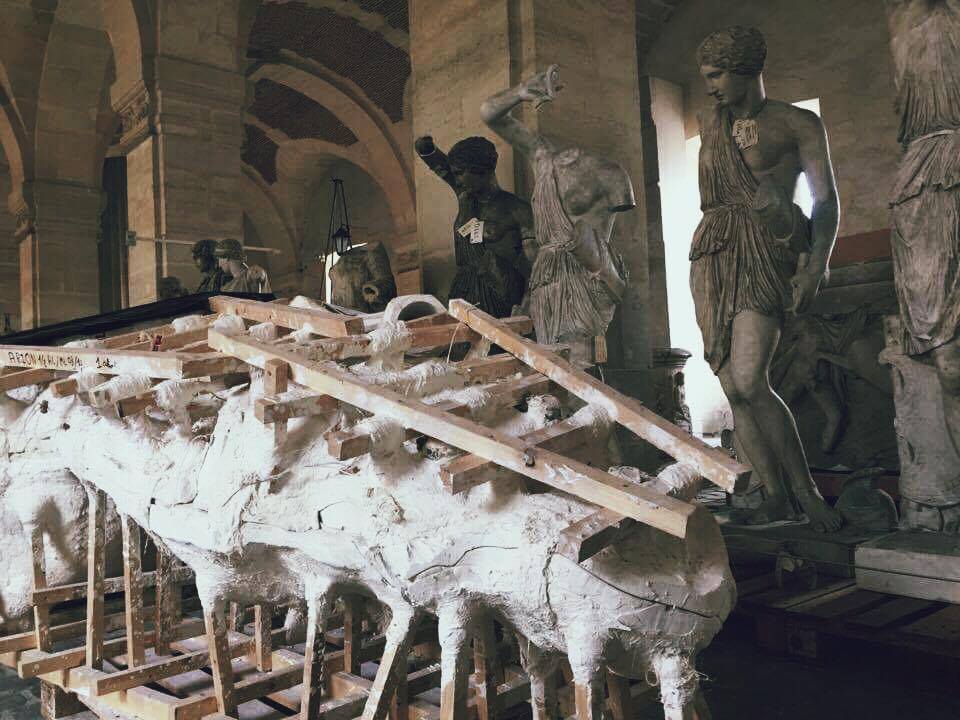
Have you ever wandered throughout the sacred black and white checkered marble halls of Versailles when emptied of the violent bustle of tourists? When such chaos is replaced by the whispered confessions of a lost era that float upon the still air. Once a week, when the Chateau closes its massive gold-gilded doors to the public, thousands of intrusive bodies extracted, the empty space that remains is renewed with a heavy sense of melancholy, a palpable memory of the past. Let us experience this secret, fragile, brooding Versailles, whose personality fails to stagnate, instead engaged in a quiet evolution, an active reflection of the French nation.
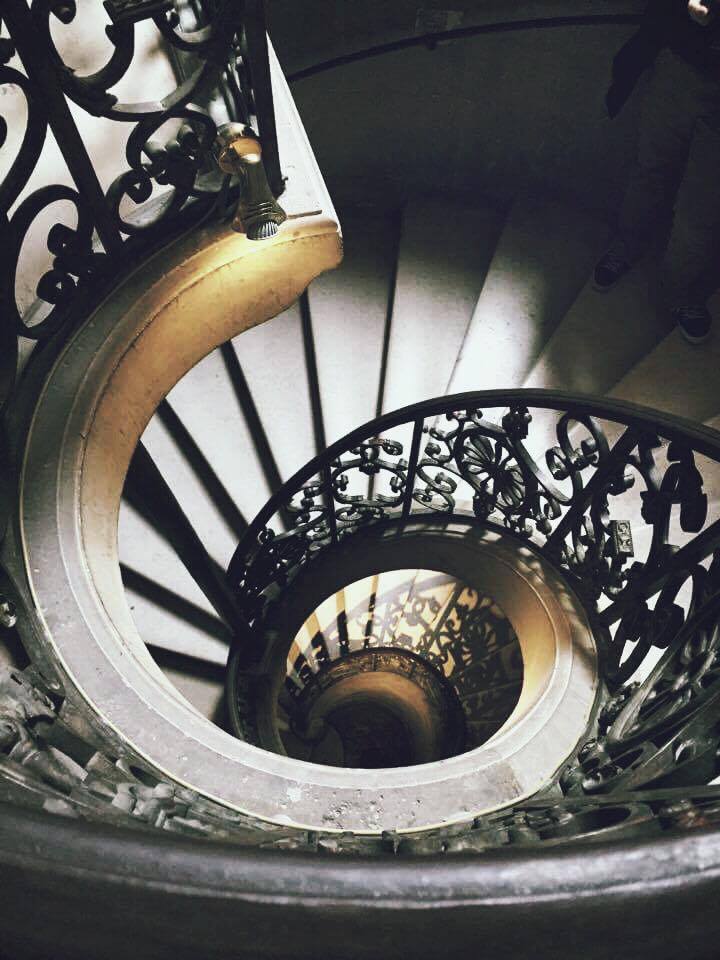
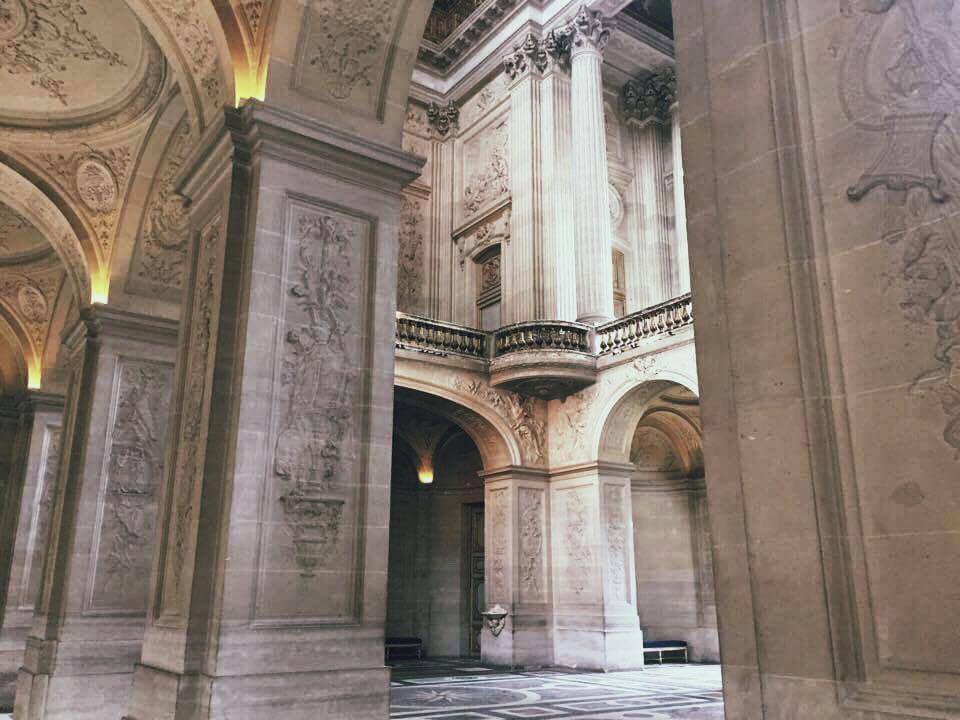
Following the organ’s thick haunting melodies we are lead into the chapel, a place where Louis once played God. The sacred space, a replication of heaven, hosted the Royal Court’s most perverse hierarchical spectacles. Only the most obedient members of French Society were granted the privilege to enter the space and experience further systematic degradation under the Sun King’s “holy rays”.
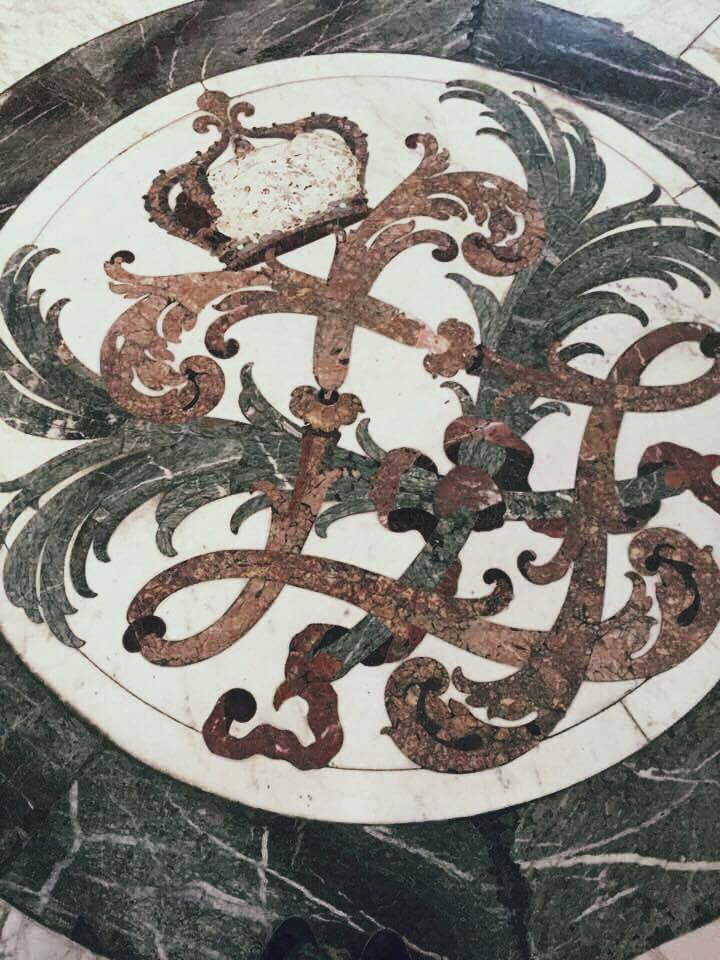
The King and his blood sat atop upholstered and generously cushioned chairs. His subjects were seated on a gradient of inferiorly backed chairs, a definitive mark of their stature, provoking numerous delicately phrased protests to be slipped under the King’s door. Daily mass was a choreographed ritual of devotion to the King. The space which is now exclusively open to janitors, holds many subtle secrets. Evidence of the revolution’s efforts, the stone walls are battered with violent scrapes and bruises.
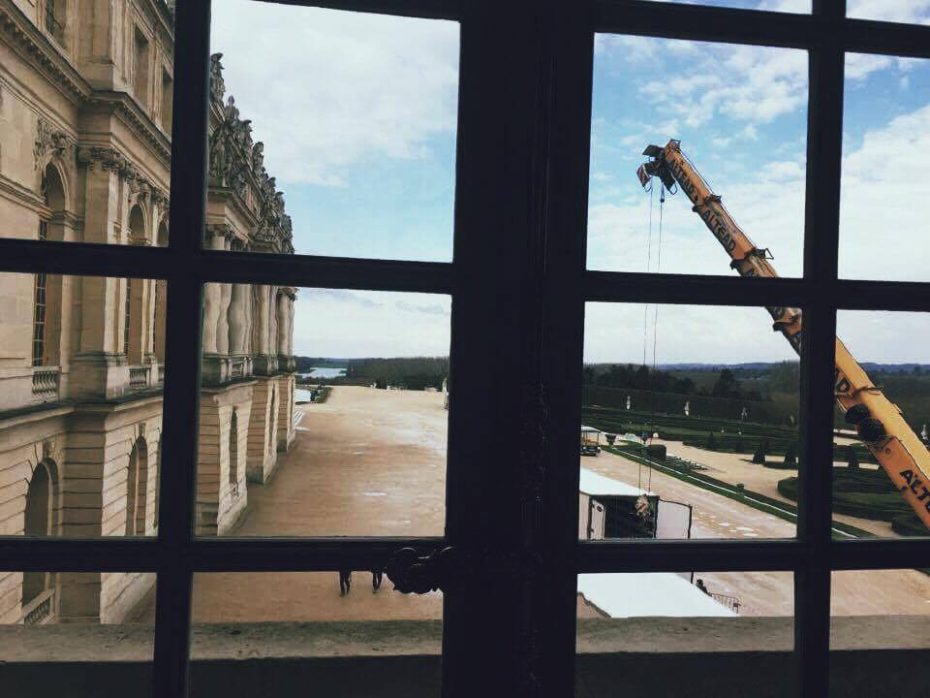
Gusts of the silent winter air billow through the first floor’s massive corridors, each of the 20 foot tall etched glass windows pressed open to give an uninterrupted view of the meticulously etched and sliced gardens.
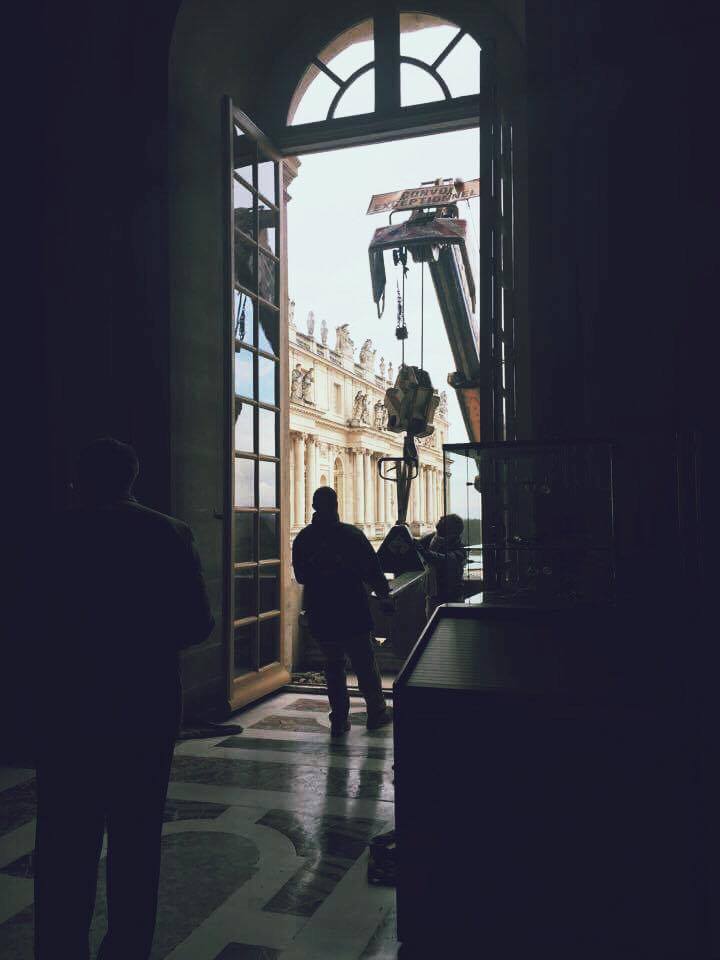
A crane’s industrial head swings delicately to recuperate original 17th century oil paintings lifted from the velvet walls. The rooms are organised so that the sun illuminates them according to the lunar calendar, landing finally on the King’s formal bed chamber, a reminder that the Sun King was the gravitational centre of European power.
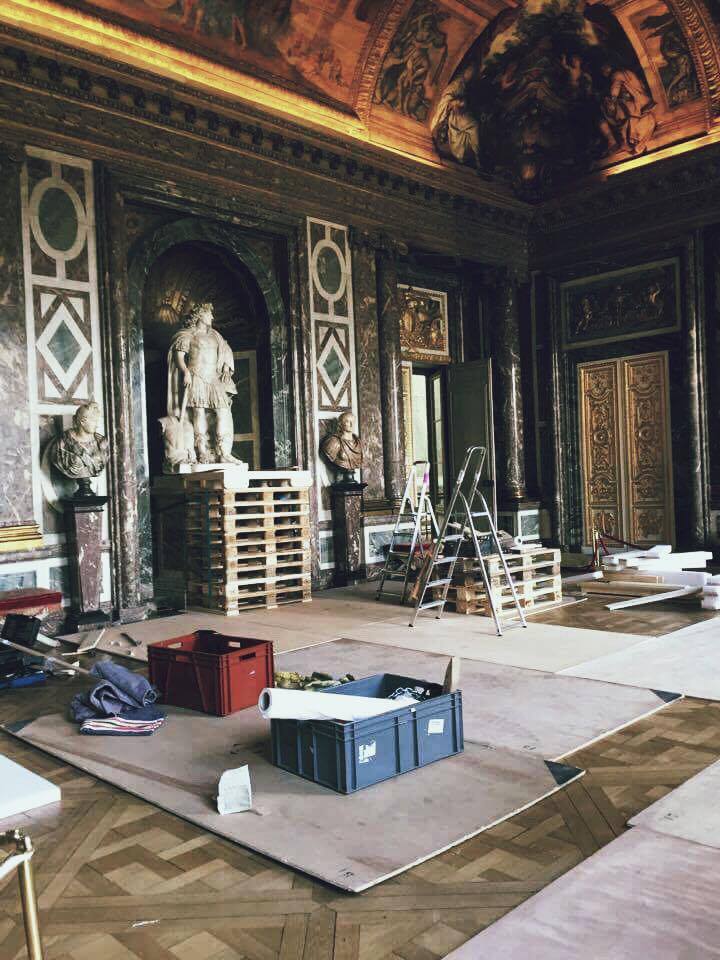
The plush hand-tufted rugs are suddenly replaced with wooden crates, milky white styrofoam and candy pink insulation to welcome an original royal sculpture, returning home for the first time since its pillaging during the revolution.
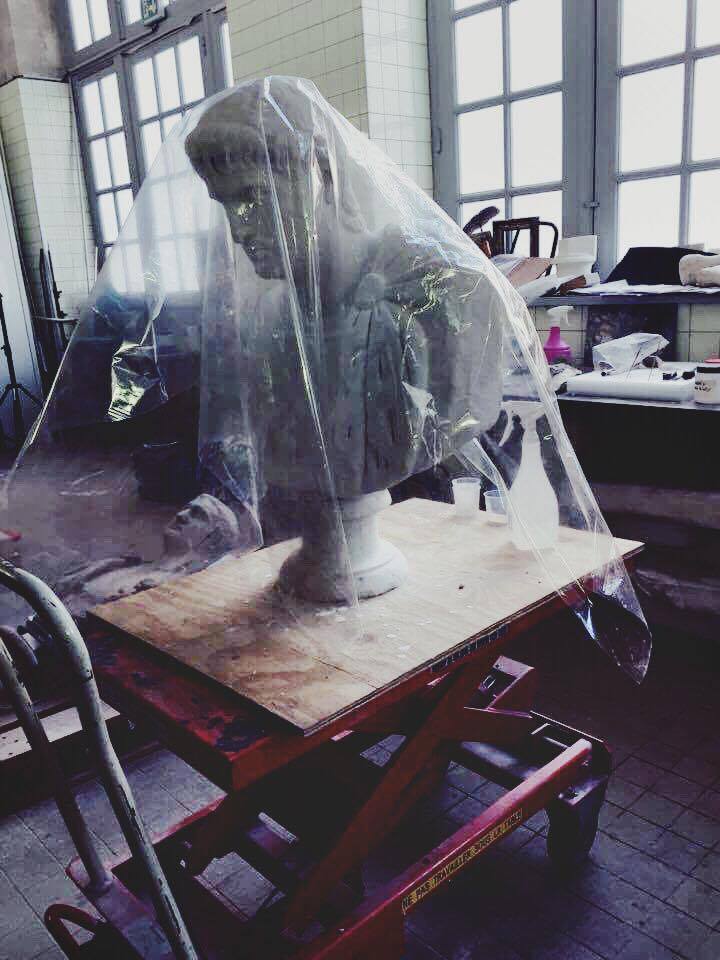
Inside the restorer’s atelier, the same sculpture is meticulously polished and revived to its original state by a Frenchman dressed in a full-body white jumpsuit, emphasising his authority to interact with such prestigious art. Filling the massive echoing space that used to house the King’s precious horses, thousands of original sculptures stand with their arms outstretched, small tags dangling from their fingers that describe their past life.
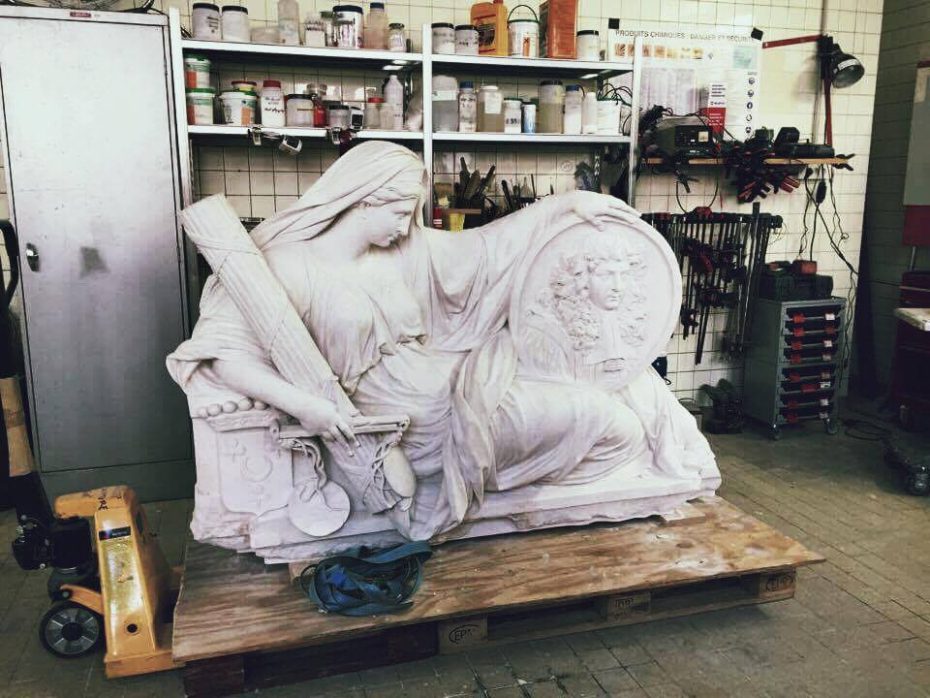
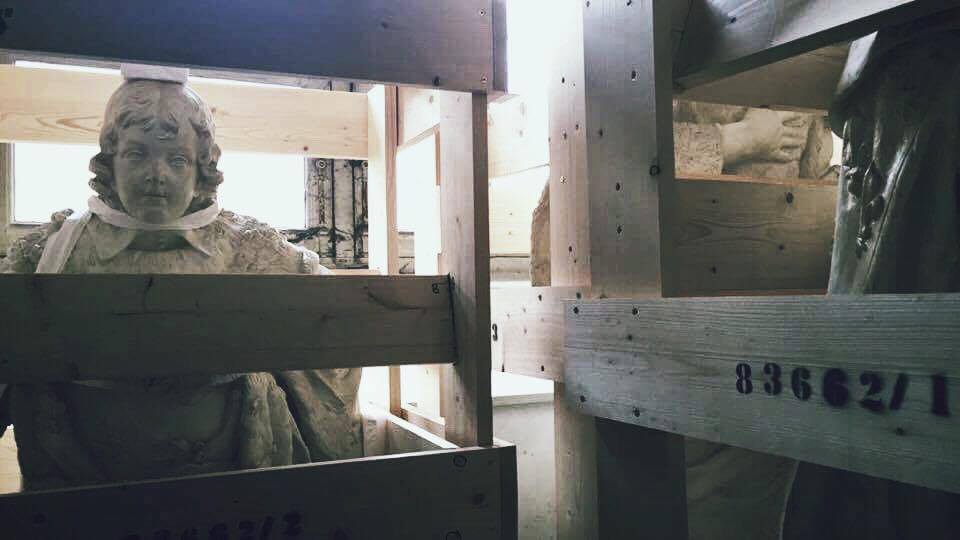
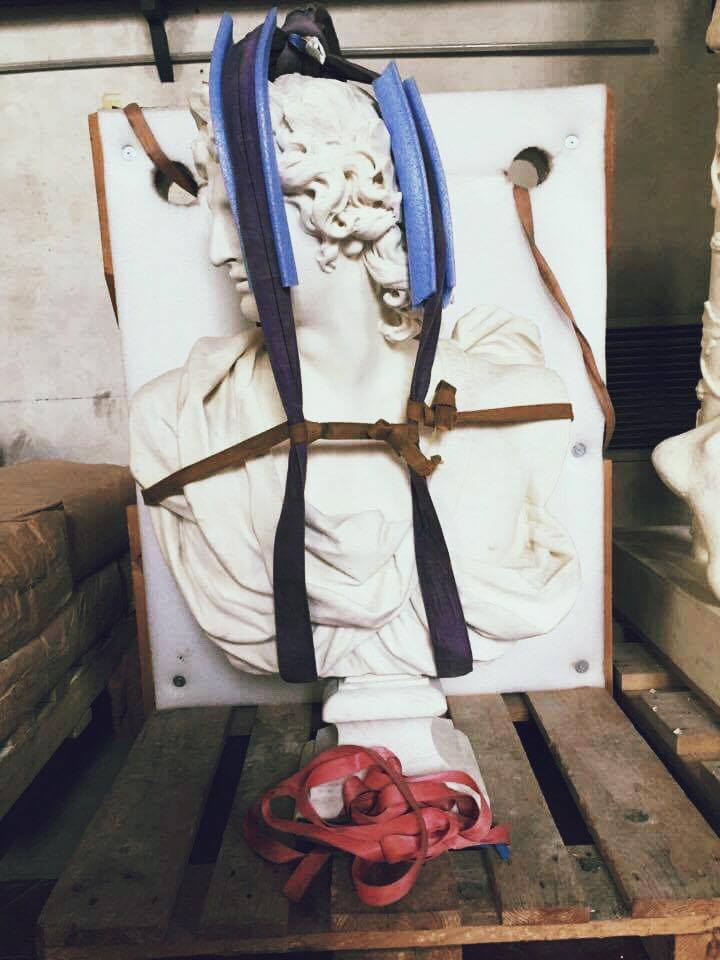
It’s an unbelievable treasure trove sealed to the public, housing remnants of Versailles’ greatest legends.
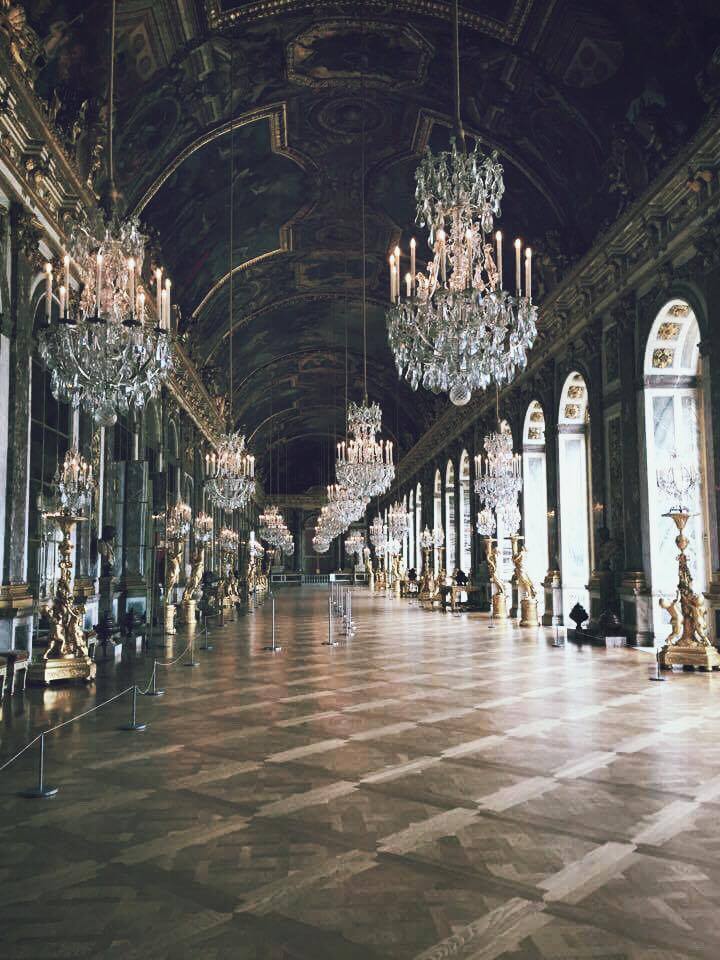
A corridor – the icy glittering Hall of Mirrors – takes us to the King’s true apartment, an intimate space where the King could secretly quit his mythologized image. What most people don’t know when visiting Versailles is that the King and Queen never truly slept in their grand plume-covered bedrooms, these were simply theatres for court ritual. Instead every morning, about fifteen minutes prior to his formal awakening, the most capable and well-formed members of the nation scampered to the King’s corridors, waking-bells in hand, so that they could bring the King from a true sleep to fake one, staged for his aristocratic audience.
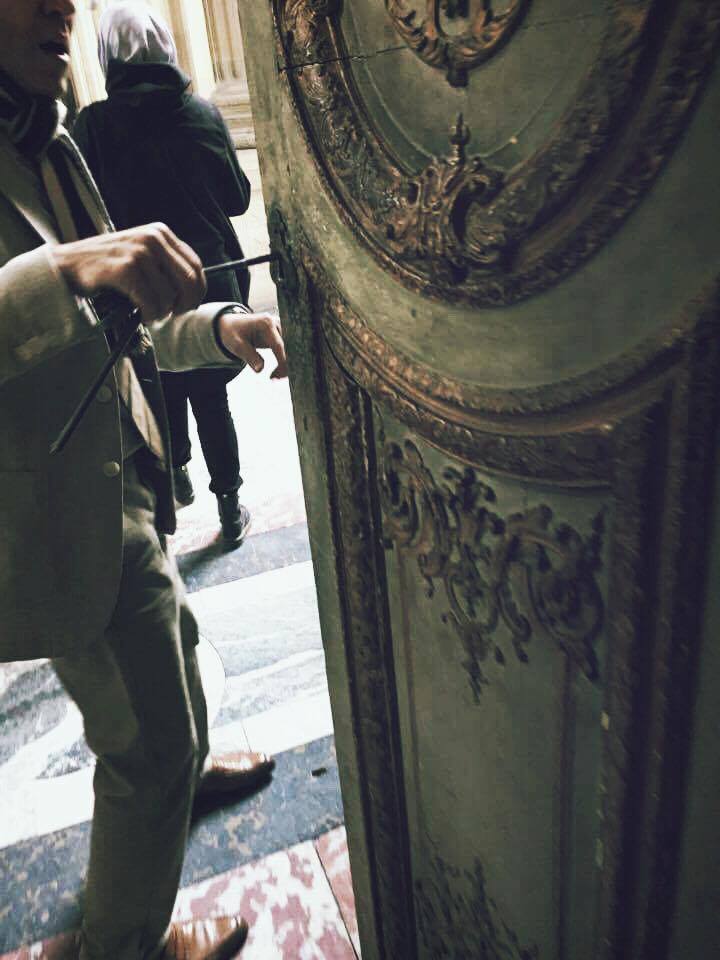
Upon entering the King’s true sleeping chamber, you could confuse it his daughters’ room; covered in a popery of flowers shaded in a spectrum of impressionist hues, the space represented his divine capacity to produce a flourishing empire. Louis’ large crystal-cut windows look onto the original brick courtyard of his grandfather’s hunting lodge, the foundation of the chateau, a viewpoint from which he could silently assert his dominance over all stately visitors as they arrived.
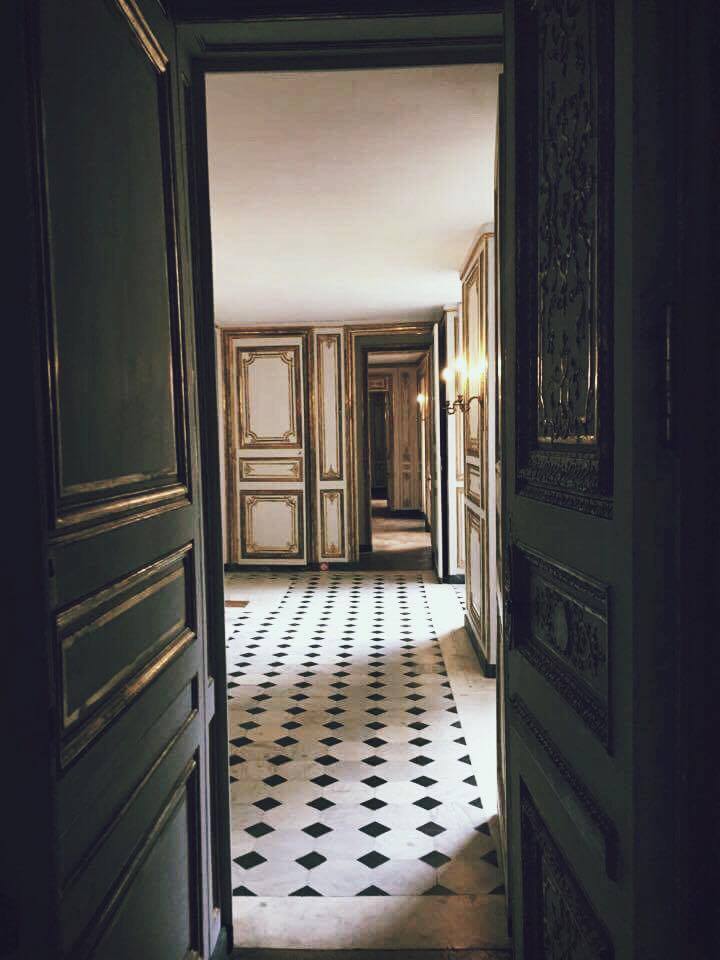
Descending to the ground floor, you feel as though you’re entering a dungeon, transported to a time period that never existed at Versailles – the stark muddy dark ages. The ceilings are lowered multiple feet and covered in artificial beams painted in dark green, blood red and warm golds.
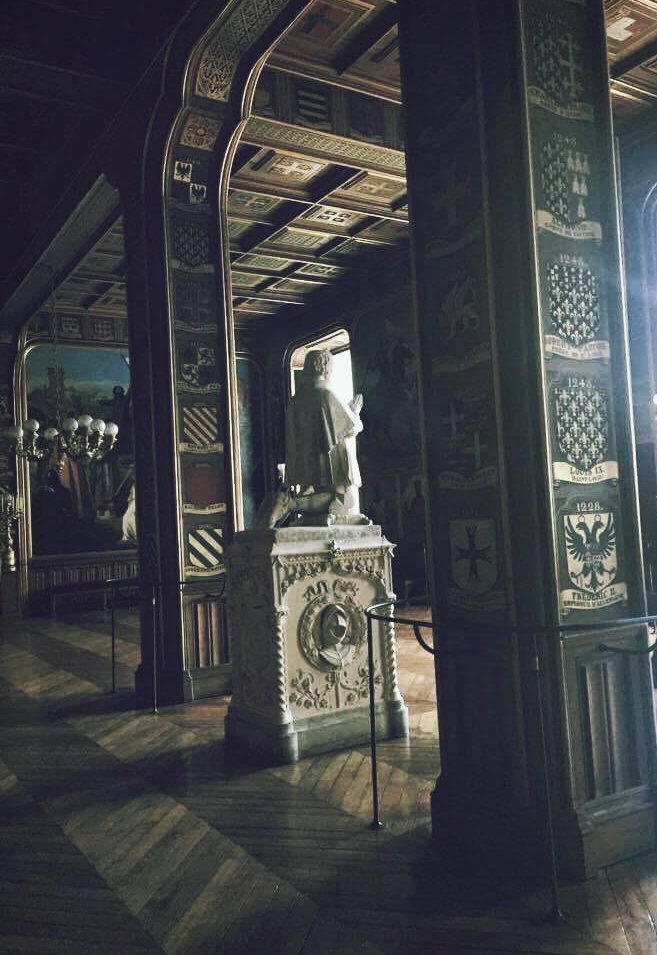
Small paintings cover every wall, each chronicling an individual catholic conquest made by the throne, some spaces left bleak by a small square of black, a chronicle of the artist’s dismay at the monarch’s failure to pay. It’s a strange space forgotten by the palace and the public, representing the dire effort to fill Versailles with a new history.
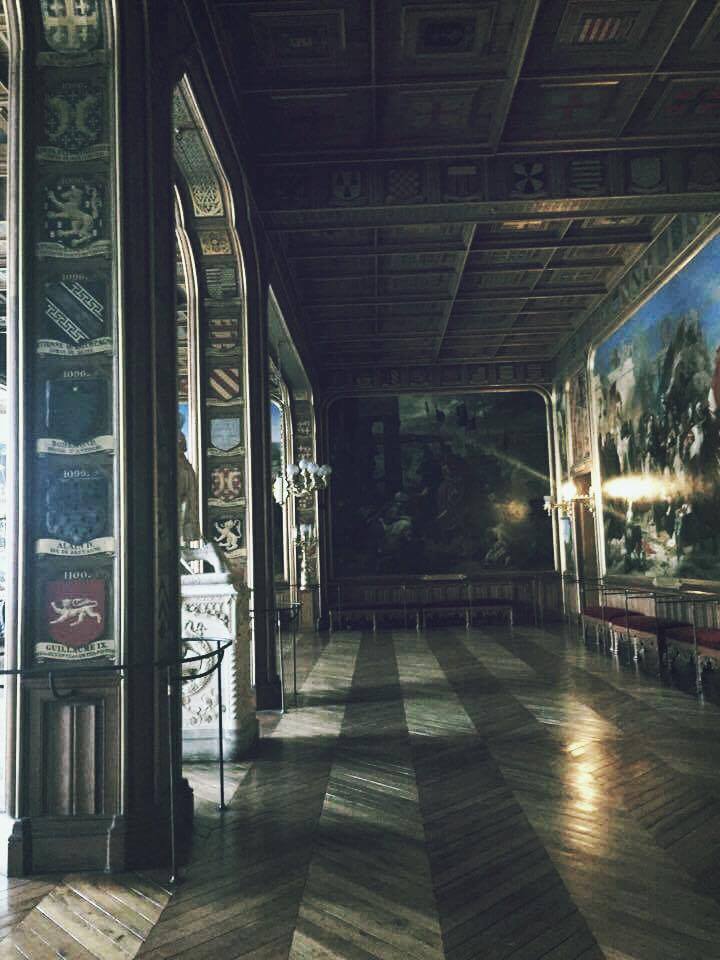
Piece by piece, the abandoned creeky parquet spaces, whose flamboyantly painted canvases peal and hang limply from the faded walls are being laquered and polished, an essential aspect of the chateau’s mission to restore the history of France.
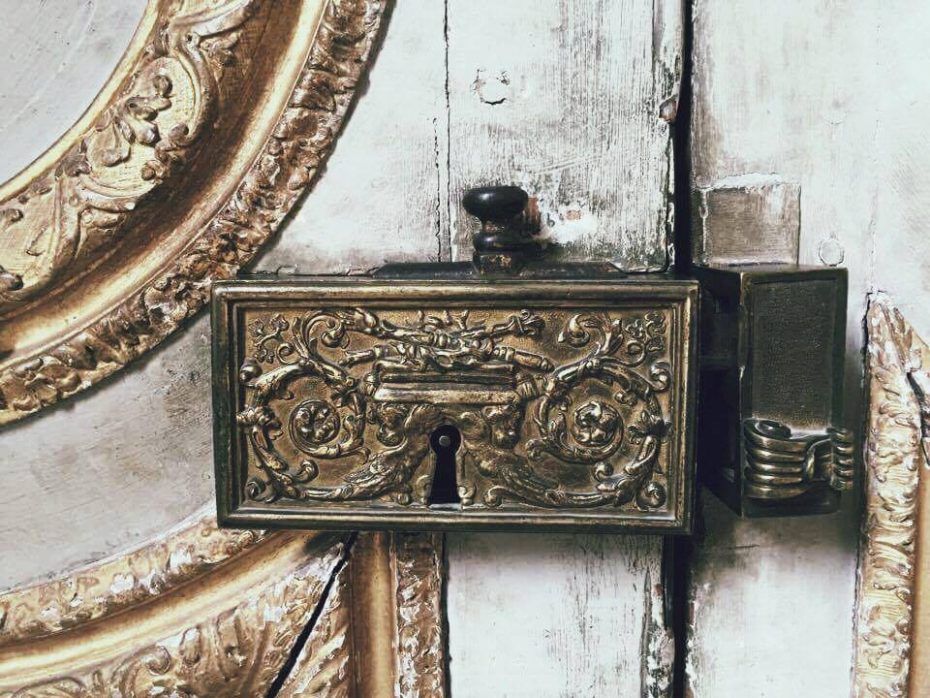
When you are given the ornate sculpted iron keys to Versailles, a secret gilded passage to a past that drips in as many secrets as it does in gold, take it.




